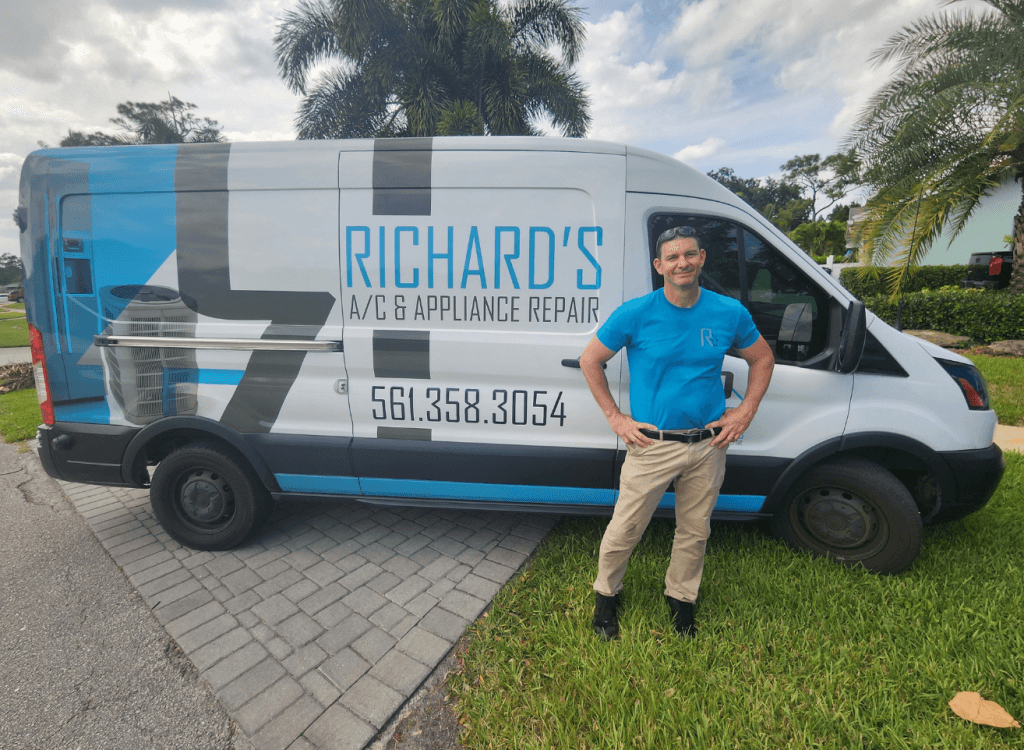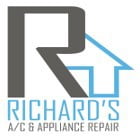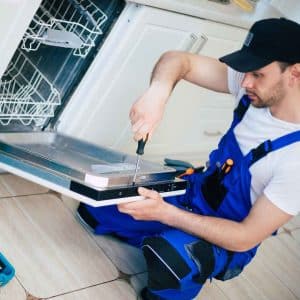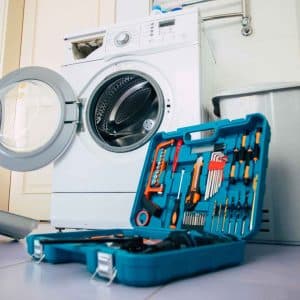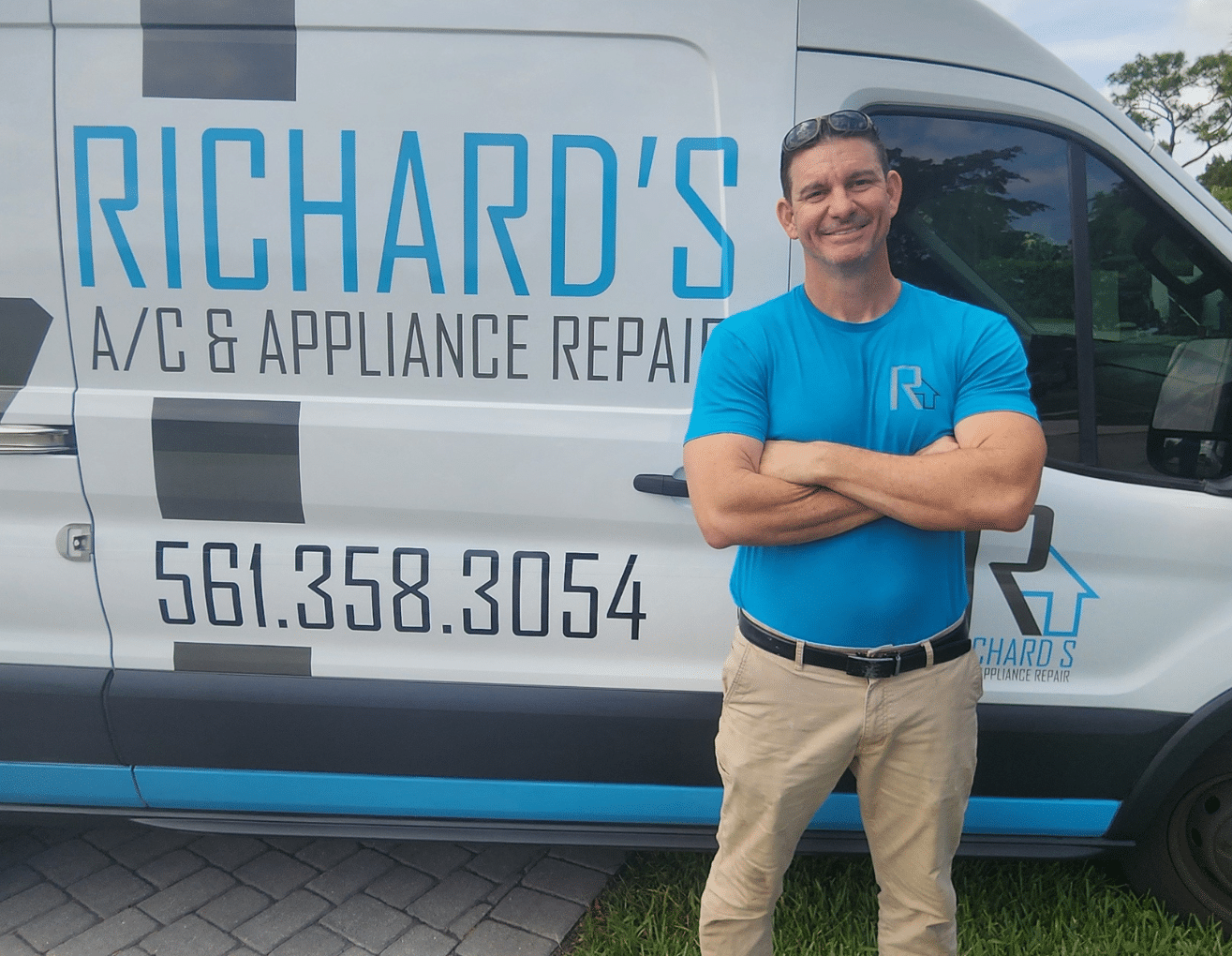It’s a familiar scene for every Florida resident. A summer storm rolls through, the lights flicker, and then—darkness. After the power outage, the wait begins. When the lights finally blink back to life, a collective sigh of relief is felt throughout the neighborhood. The first instinct for most of us is to immediately rush to the thermostat and turn the air conditioner back on to banish the oppressive heat and humidity that has built up.
As tempting as that is, we’re here to offer some crucial advice: wait. Turning on your AC system in the moments immediately following a power restoration can be one of the riskiest things you can do for its health. The power that returns to your home is often unstable, and this can deliver a knockout blow to your AC’s sensitive components. At Richard’s AC, we’ve seen countless expensive failures that could have been avoided with a little patience and a safe restart procedure. This step-by-step guide will walk you through how to safely bring your AC back online after a power outage.
The Hidden Danger: Unstable Power and Your AC
When utility companies restore power to a large area after an outage, the electricity doesn’t always come back in a smooth, clean flow. The initial moments can be chaotic for your home’s electrical system, posing two major threats to your air conditioner:
Power Surges: The most well-known danger is a power surge. This is a sudden, massive spike in voltage that can occur as the grid comes back online. This jolt of electricity is far more than your AC’s delicate electronic circuit boards, capacitors, and motors are designed to handle. It can instantly fry these components, leading to a dead system and a very expensive repair bill.
Brownouts: Just as dangerous is a brownout, which is a drop in voltage. This happens when the returning power is weak or insufficient. If your AC tries to start or run during a brownout, its motors will struggle to get the power they need, causing them to overheat and potentially burn out.
Modern air conditioners, with their sophisticated circuit boards and variable-speed components, are especially vulnerable to this dirty, unstable power. Taking a few precautionary steps is essential to protect your investment.
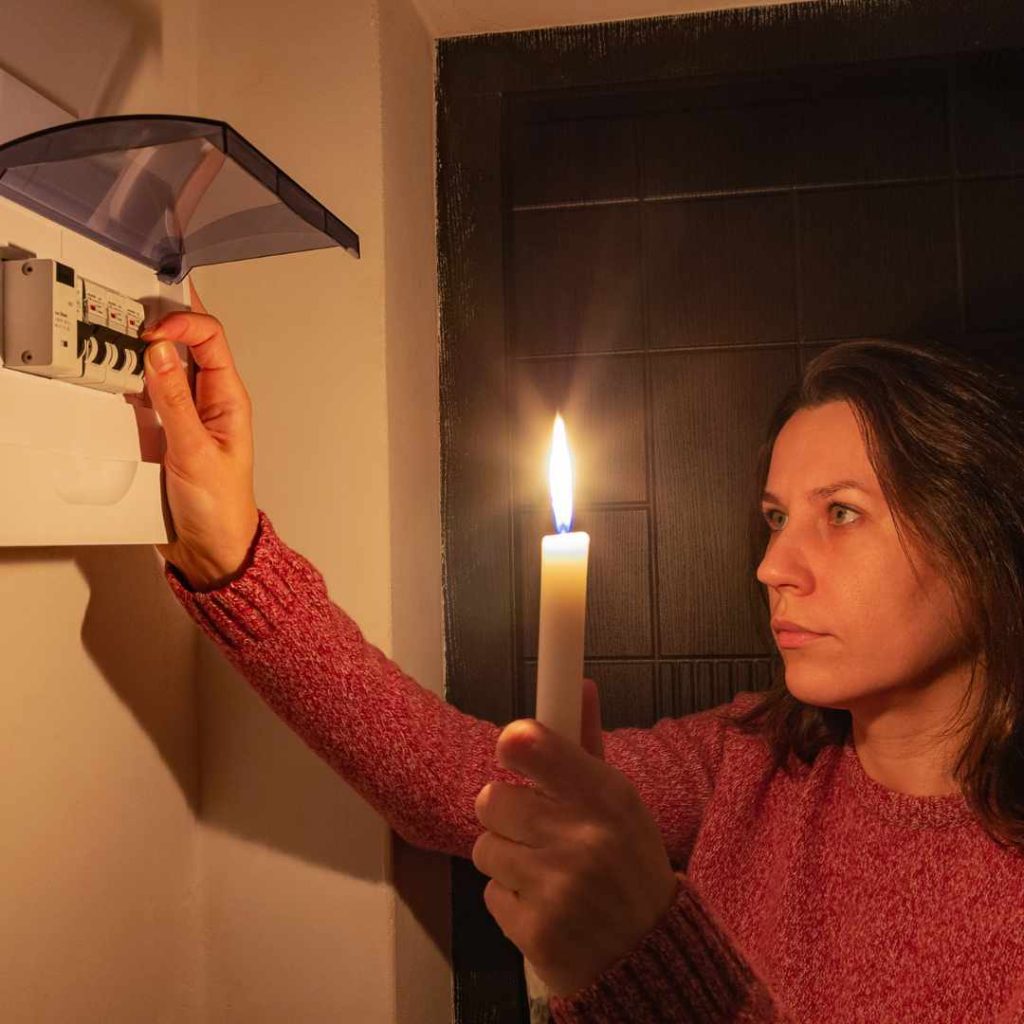
Your Step-by-Step Guide to a Safe AC Restart
Follow these five simple but critical steps to ensure you don’t turn a power outage into an expensive AC repair.
Step 1: Wait! (The Most Important Step)
This is the easiest and most important rule. Once your lights are back on, resist the urge to turn on your AC immediately. Wait at least 15-30 minutes. This waiting period serves two purposes. First, it allows time for the power grid to stabilize, reducing the risk of your AC being hit by a surge or brownout. Second, it gives the internal protective circuits and pressure sensors within your air conditioner time to reset. Rushing this step is the number one cause of post-outage AC damage. Go get a glass of water and relax for a few minutes; your patience can save you thousands.
Step 2: Check Your Circuit Breakers
A power outage or the subsequent surge can sometimes trip the circuit breaker connected to your AC system as a safety measure. Before trying to start the unit, go to your home’s main electrical panel. Locate the breaker (or breakers, as some systems have two) labeled “AC,” “Air Handler,” or “Condenser.” If a breaker is in the “OFF” or middle (tripped) position, you’ll need to reset it. To do this properly, push the switch firmly to the “OFF” position first, and then flip it back to “ON.” If the breaker immediately trips again after you try to start the AC, there is an electrical problem, and you should not try to reset it again. This requires a professional.
Step 3: Check Your Thermostat
The power outage can sometimes scramble your thermostat’s settings or drain its backup batteries. Take a look at your thermostat to ensure it has power. If the screen is blank, you may need to replace the batteries. Once it’s on, verify that the system is set to “Cool” mode and that the desired temperature is set a few degrees below the current room temperature.
Step 4: Do a Quick Visual & Debris Check (If the Outage was Storm-Related)
If the power outage was caused by a storm, it’s wise to take a quick look at your outdoor unit (condenser) before starting it up. High winds can blow leaves, palm fronds, or other debris into the unit, which could obstruct the fan and cause damage. Ensure the area is clear and that there are no new, obvious signs of physical damage to the unit.
Step 5: Turn it On and Listen Carefully
After you have waited, checked the breakers and thermostat, and cleared any debris, it’s time to turn the system on at the thermostat. Don’t just walk away. Stand near the indoor or outdoor unit and listen. You should hear the familiar, smooth hum of the system starting up. If you hear any unusual or loud noises—like grinding, banging, screeching, or buzzing—shut the system down immediately at the circuit breaker. These sounds indicate a potential mechanical or electrical problem that needs to be diagnosed by a technician.
What If It Still Doesn't Turn On?
If you’ve followed all the steps and your AC system still won’t start, don’t keep trying. The power event may have unfortunately damaged a component. Common culprits include:
- A Blown Capacitor: The surge may have destroyed the capacitor needed to start the motors.
- A Fried Circuit Board: The system’s “brain” may have been damaged.
- A Tripped Safety Switch: A safety device within the unit, like a float switch in a clogged drain line, may be preventing it from turning on.
- A Damaged Thermostat: The thermostat itself may have been fried.
At this point, it’s time to call in the professionals. The technicians at Richard’s AC have the diagnostic tools to pinpoint the exact cause of the failure safely and efficiently.
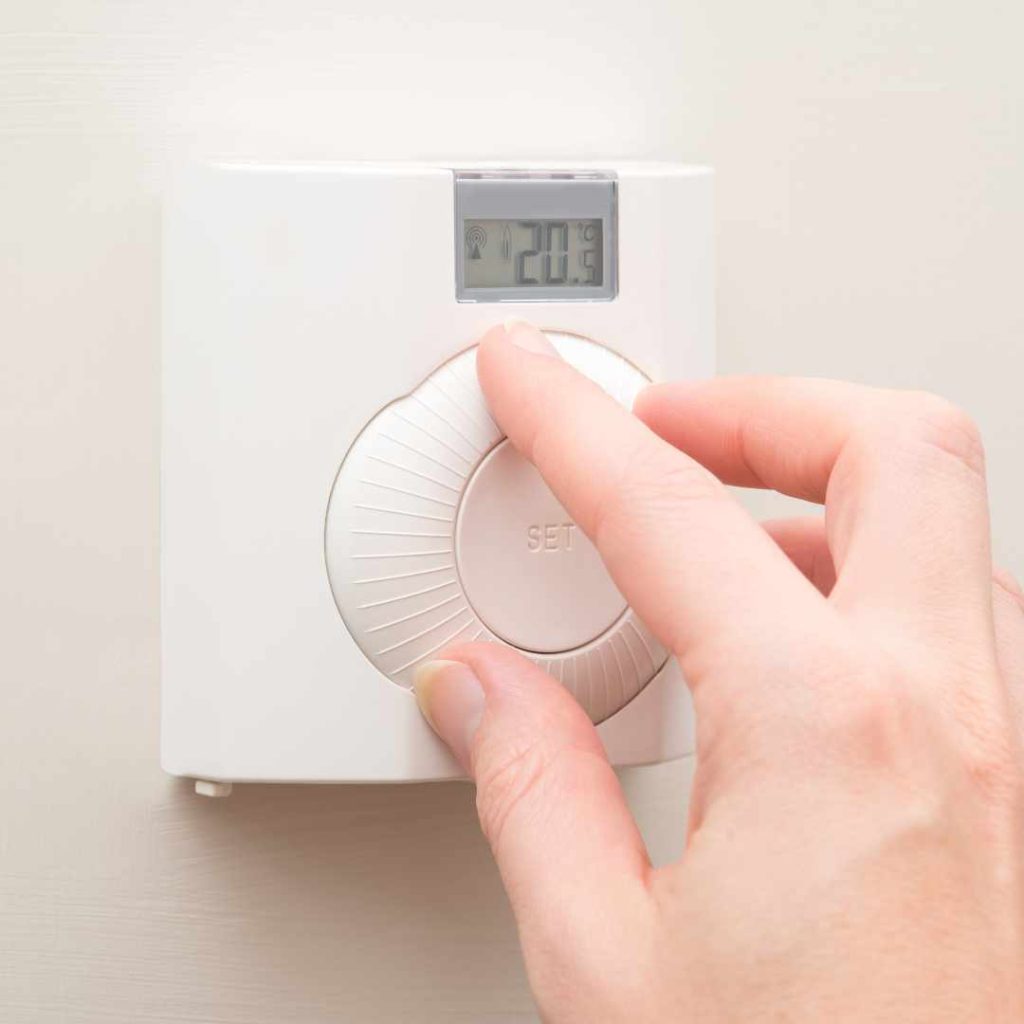
The Best Long-Term Protection: An HVAC Surge Protector
The safest way to protect your air conditioner from future power events is to have a dedicated HVAC surge protector installed. This device is mounted at your outdoor unit and is designed to absorb and divert damaging voltage spikes before they ever reach your system’s sensitive electronics. It’s an affordable investment that provides 24/7 protection and peace of mind, especially here in storm-prone Florida.
Your Local Experts for Post-Outage Problems
A power outage can be stressful enough without adding a broken air conditioner to the mix. By following a patient, methodical restart process, you can significantly reduce the risk of damage to your system. But if something does go wrong, know that you have a trusted local expert ready to help.
If your AC won’t start after an outage or is behaving strangely, don’t risk further damage. For expert AC Repair Service, Richard’s AC is here to help. We provide trusted, old-school service to homeowners in Lake Worth, Wellington, Royal Palm Beach, and across Palm Beach County.
Contact us today to schedule a diagnostic visit and get your cool back!
